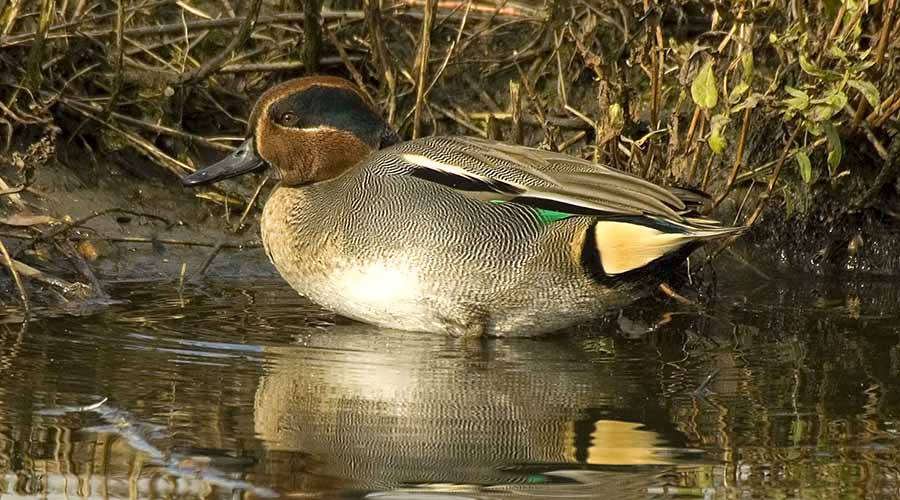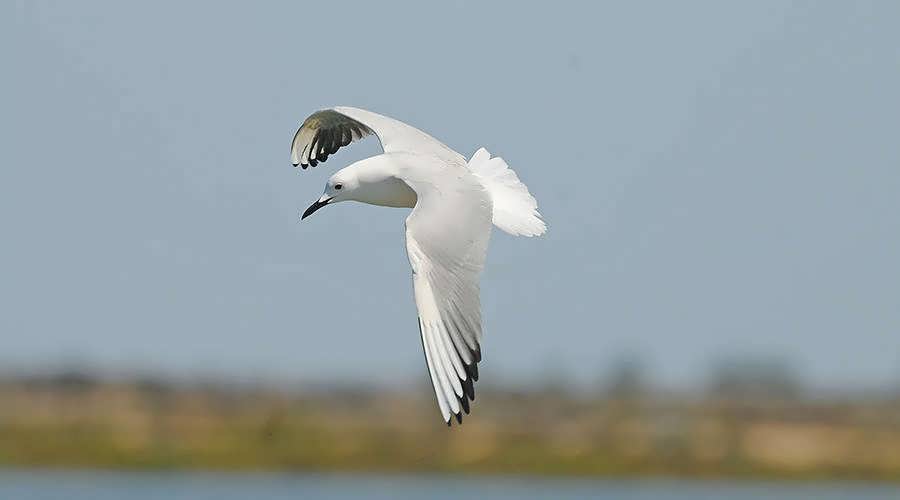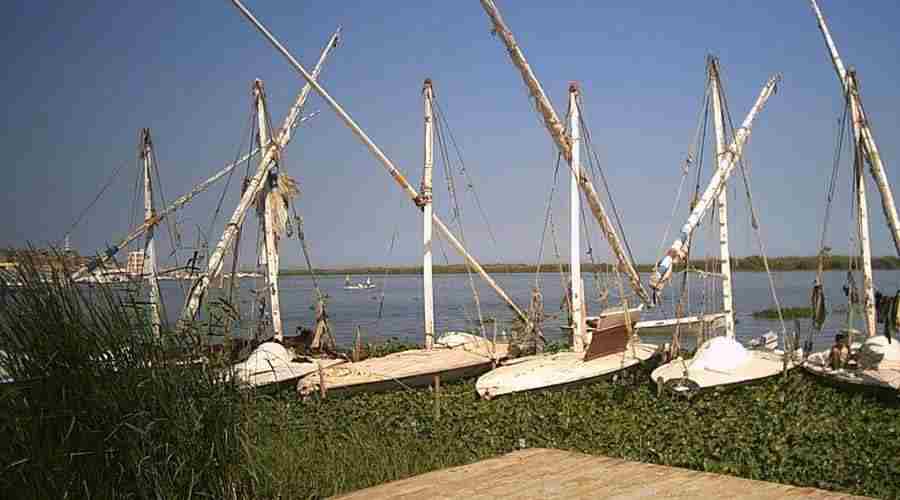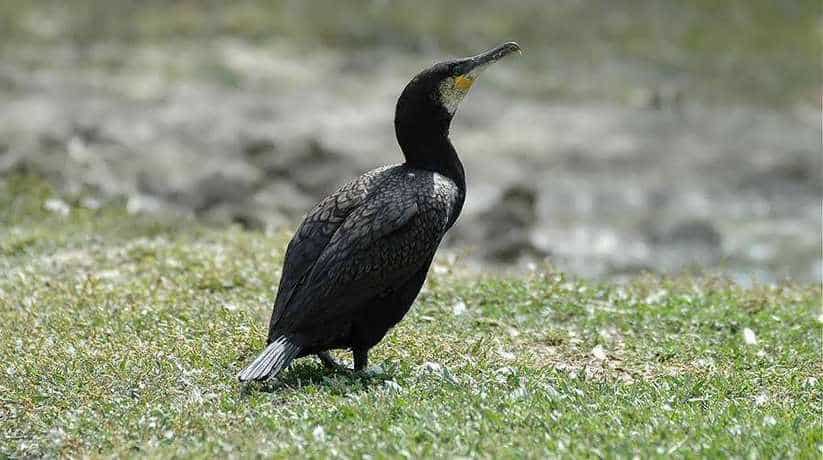Ashtum El Gamil National Park tours, booking, prices, reviews
Ashtum El Gamil National Park is a protected area in Tennis Island, Manzala Lake. In fact, Manzala Lake lies on the Mediterranean coast. It is in the north eastern part of the Nile Delta in Egypt. Moreover, the park belongs to Port Said Governor-ate. The area of Ashtum El Gamil National Park is about 180 km 2. It includes the Strait of El Gamil and the Strait of El Gamil. They link the lake with Mediterranean Sea. Moreover, they also renew the water circulation inside the lake. They increase the stock of fish and prevent concentration of heavy elements. In fact, the park occupies two-thirds of aquatic ecosystem of Manzala Lake.
In fact, Tennis Island archaeological dates back to the Ayyubid which makes it one of tourist attraction. Ashtum El Gamil National Park lies in the face of the conduct of bird migration lines in the immigration seasons. Tel Tennis archaeological site is an habitat for rest, food and reproduction for all types of resident and migratory birds. Prevalence and diversity of vegetation within the reserve ecosystems (ecosystem Ground – water – salt-loving).
Ashtum El Gamil National Park Location:
Ashtum EL Gamil located in the west of Port Said. The line parallel to the coastal road of Port Said Damietta. It is in the beginning of Kilo 6 to the km 13. And then veers into the lake by the coordinates even up to Albstehr Sea on the south side. Ashtum El Gamil lies in the northwestern part of Manzala Lake. It’s area is 172 km2.
Getting there:
It lies about 13 km west of Port Said city. Moreover, you can get to the visitors center of Ashtum El Gamil bay taking Port Said – Demiat Road. The center located at KM 10.
Access to the protected area:
In fact, there is no charge to enter the protected and protected open for visitors
Targets of creation Ashtum El Gamil:
1. The conservation of Manzala Lake biodiversity.
2. Maintenance of ecological and environmental systems protected area of Lake Manzala.
3. The conservation of Birds groups. These which threatened with extinction. Both resident and migrating to the lake during migration seasons.
4. Preservation of fish stocks in Manzala Lake, especially the excellent marine species.
5. Maintain the medicinal plants and the development of sound it uses.
6. Preservation of Islamic monuments and tennis area, which dates back to the Ayyubid era.
7. Promote environmental awareness among all constituencies.
Archaeological character:
In fact, Tel Tennis located to the southwest of Port Said. It is 7 km inside Manzala Lake. Its area is about 8 km2. This area was agricultural land fertile and be perfectly tender. Furthermore, it dropped its territory in the wake of an earthquake occurred in the late sixth century. The water broke into the sand dunes that separated between the sea and the land. It took water covered year after year. So the region flooded except for the city of Tennis. It was a great building full of quarters, widening trade and livelihood. Moreover, it renowned industry minute and cultivated with palm trees and vines and textiles. It was named Tennis relative to the Tennis Bin Ham the son of Noah
Ashtum El Gamil National Park Attractions:
Tel Tennis Archaeological:
It includes the monuments of the Tennis town dating to the sixth century AD. Moreover, it located in the south to Ashtum EL Gamil. It is one of the attractions of the resident and migratory birds
Water sources in Manzala Lake:
Saltwater water sources saltwater comes from El Gamil And Ashtum Straits. And one more from Al Boughdady Strait which located in north of the lake. One more from Al Borg Strait which located in the northwest of the lake. The last one is from Suze canal which provides the lake with 1.5 % of the water. Fresh Water sources come from banks located in the south and west of the lake. They are Bahr El Bakar bank, El Serrw bank, Ramses Bank, Hados Bank and El Annaneyya Bank. They provide the lake with 97% of the water. The rest comes from the rain. Manzala Lake depth ranging between 80 cm and 300 cm near Al boaquez.
Ashtum El Gamil environment:
In fact, the weather is dry. The temperatures ranges between 27.7 Celsius during the summer and 15.3 Celsius during winter. The relative humidity is almost of no less than 60%. A higher moisture registered 73.9% during April and lower relative humidity of 59.3% in March. The average rainfall in the year is 68.84 mm / year. It considered the highest rainfall rate is 24.64% in October. The prevailing winds are north-west. Moreover, the high winds ranging between 14.7 km / h in January and 19 km / h in February.
Ashtum El Gamil National Park Biodiversity:
It has 80 species of productive organisms
1. Birds:
In fact, Ashtum El Gamil is one of the most important area for bird watching in Egypt. Moreover, it has about 233 species of birds. Some of them are residents such as Pied Kingfisher, Agd doves and Little Egret. Furthermore, the others are Immigrant such as ducks, white anxiety, quail, Alger and wading birds.
2. Plant:
Ashtum El Gamil has more than 50 species of plants
3. Fish
In fact, Manzal Lake indeed is one of the most important sources of fish in Egypt. Moreover, it is a main source of fish that live in the freshwater. Fish are such as White and Green Tilapia. Besides to the fish that live in salt water such as thin lip – and mullet
The direct economic importance of Ashtum El Gamil National Park:
Ashtum El Gemil National Park is indeed important for agriculture, medicine, industry and the environment.
In the field of agriculture:
· Wild plants represent a source of food, both for birds, fish and animals within the reserve.
· The advantage of existing genetic material inside the wild plants. It used in the improvement of some agricultural crops strains
· Some wild plants such as Azolla plant used in plant nitrogen fixation. This also leads to reduced use of chemical fertilizers.
In the field of medicine:
In fact, some wild plants such as leaf rode used to produce drugs. The drugs help in the treatment of many diseases. In fact, this planet used as a remedy repellent intestinal worms (Ascaris) and also powerful purgative. There is also wild hibiscus plant. Moreover, it used in the treatment of gastroenteritis and anemia. Furthermore, it also used to treat sore throat and tonsils. Murar Plant used in the treatment of bleeding, a diuretic and anthelmintic.
In the field of industry:
· Most of the locals use some types of plants in handicrafts such as mat and Almhnat
· Some of these plants intervention in the paper industry and production of natural gas.
In the field of the environment: –
· Some plants used in Sewage treatment, industrial and agricultural. It called biological therapy
















